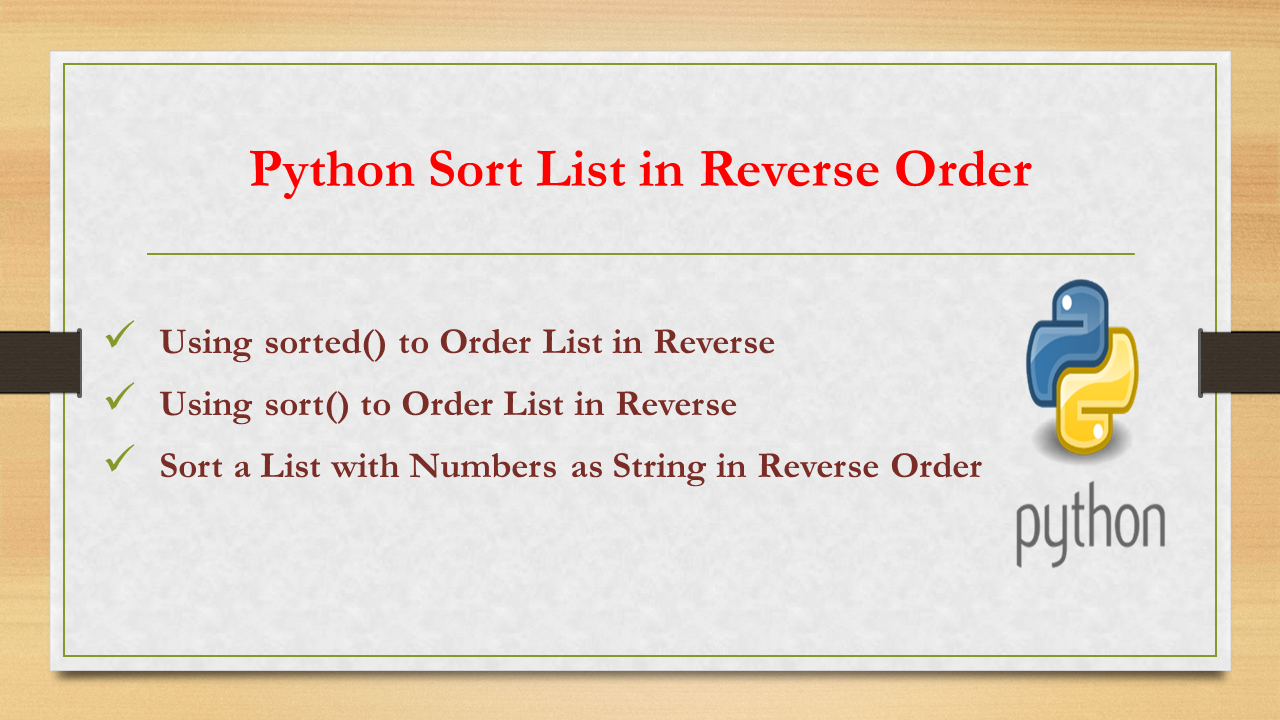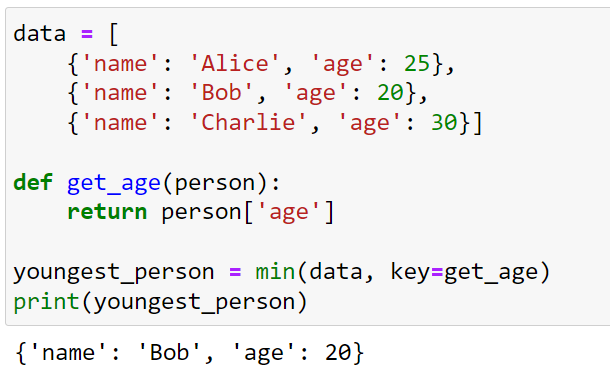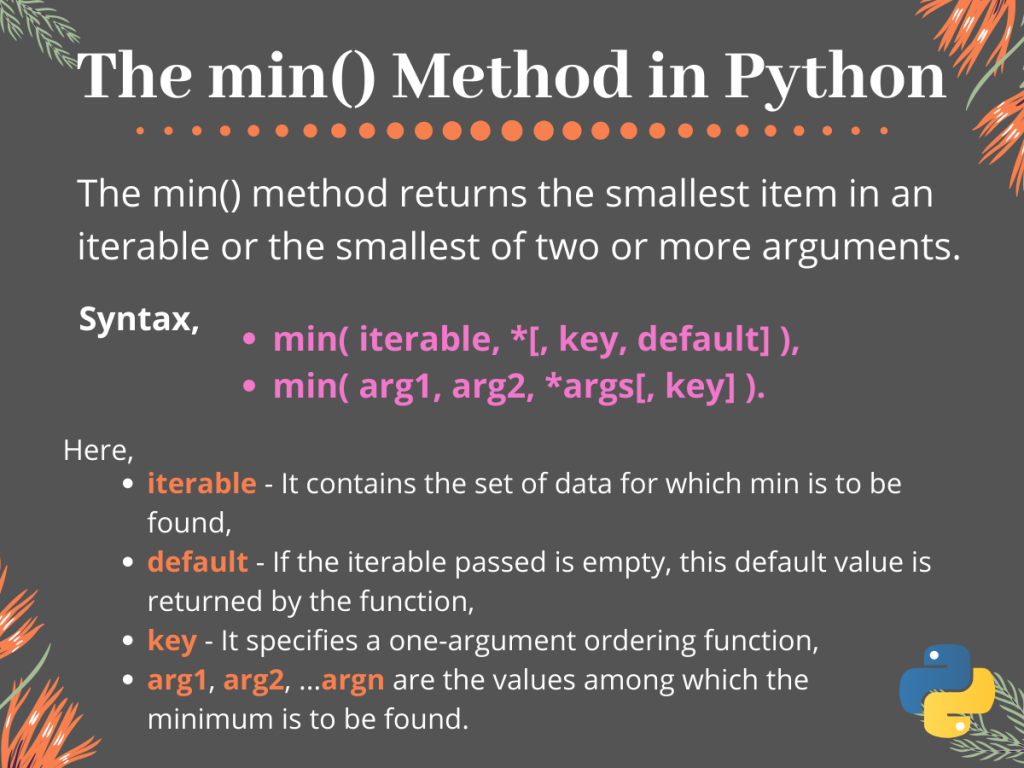Optimizing solutions with OR-Tools often involves sorting and finding minimum values. This blog post will guide you through effectively using Python’s built-in sorted() and min() functions within the context of OR-Tools, enhancing your optimization workflow. We’ll explore practical examples and best practices to help you leverage these functions for efficient problem-solving.
Efficiently Sorting Solutions with OR-Tools
The sorted() function in Python provides a powerful way to order solutions generated by OR-Tools. This is crucial when dealing with multiple potential solutions, allowing you to prioritize optimal or near-optimal results. Consider a scenario where you’re optimizing logistics and OR-Tools outputs several routes with varying distances. Using sorted(), you can arrange these routes from shortest to longest, making it easy to select the best one. Remember that the specific way you implement sorted() will depend on how your OR-Tools solution represents the data; you might need custom comparison functions (using the key argument) if the solutions aren’t directly comparable using simple numerical values. For instance, you might sort based on a calculated cost or distance instead of a raw solution variable. This flexibility makes sorted() an indispensable tool for managing and interpreting results. Learn more about the sorted() function in Python.
Applying Sorted() to OR-Tools Output
Let’s imagine you’re using OR-Tools to solve a Vehicle Routing Problem (VRP). Your OR-Tools model might output a list of routes, each represented as a list of nodes. To sort these routes by their total distance, you would first need to calculate the distance for each route. Then, use the sorted() function with a custom key function that calculates the total distance. This approach enables you to easily identify the shortest route among the set of feasible solutions. The ability to efficiently sort this data significantly simplifies the process of choosing the best solution and visualizing different route possibilities.
Finding the Minimum Solution Using min()
The min() function offers a concise method to directly identify the minimum value within a set of OR-Tools solutions. This is particularly useful when you only need the best solution, without needing to sort the entire set. For instance, if your OR-Tools model generates a series of cost values for different configurations, min() immediately returns the lowest cost. While simple, its efficiency can be crucial, especially when dealing with a large number of solutions where sorting the entire set might be computationally expensive. This efficiency makes min() an ideal choice for situations where the absolute best solution is the only priority. Combined with sorted(), min() forms a powerful combination for analyzing OR-Tools results.
Integrating min() with Custom Comparison Functions
Similar to sorted(), you might need custom comparison logic with min(). This is particularly useful when your solutions are complex objects and the “minimum” solution isn’t determined by a simple numerical value but by a more complex metric (like a weighted combination of factors). By defining a key function that returns the relevant comparison value (e.g., a weighted score reflecting cost and time), you can seamlessly integrate min() into your OR-Tools workflow, ensuring it accurately identifies the optimal solution according to your specific criteria. Remember that defining a clear and accurate comparison function is crucial for getting the correct result. Check out Google’s OR-Tools documentation for more advanced techniques.
Comparing sorted() and min() in OR-Tools
| Feature | sorted() | min() |
|---|---|---|
| Output | Sorted list of solutions | Single minimum solution |
| Use Case | When you need to analyze multiple solutions | When you only need the best solution |
| Efficiency | Less efficient for large datasets if only the minimum is needed | More efficient when only the minimum is needed |
| Customizability | Highly customizable via the key argument | Highly customizable via the key argument |
Choosing between sorted() and min() depends on your specific needs. If you need to examine the ranked solutions, sorted() is preferable. If only the best solution matters, min() is more efficient. Both functions offer significant flexibility through custom comparison logic, making them valuable tools in your OR-Tools arsenal.
Remember to always consult the official OR-Tools documentation for the most up-to-date information and advanced usage examples. Mastering these functions will significantly enhance your ability to effectively analyze and interpret the results generated by your OR-Tools models. Start experimenting with these functions in your own projects today!
#1 Python Sort List in Reverse Order - Spark By {Examples}

#2 Python Min Max List? The 18 Top Answers - Barkmanoil.com

#3 Python min() Function: 10 Real-World Examples Master Data Skills + AI

#4 The Python min() Method - AskPython

#5 Python .sort() Function - YouTube

#6 8 Examples to Use Python min() Function in the Best Way - Python Pool

#7 Python min() Function: 10 Real-World Examples Master Data Skills + AI

#8 10+ examples on python sort() and sorted() function | GoLinuxCloud
